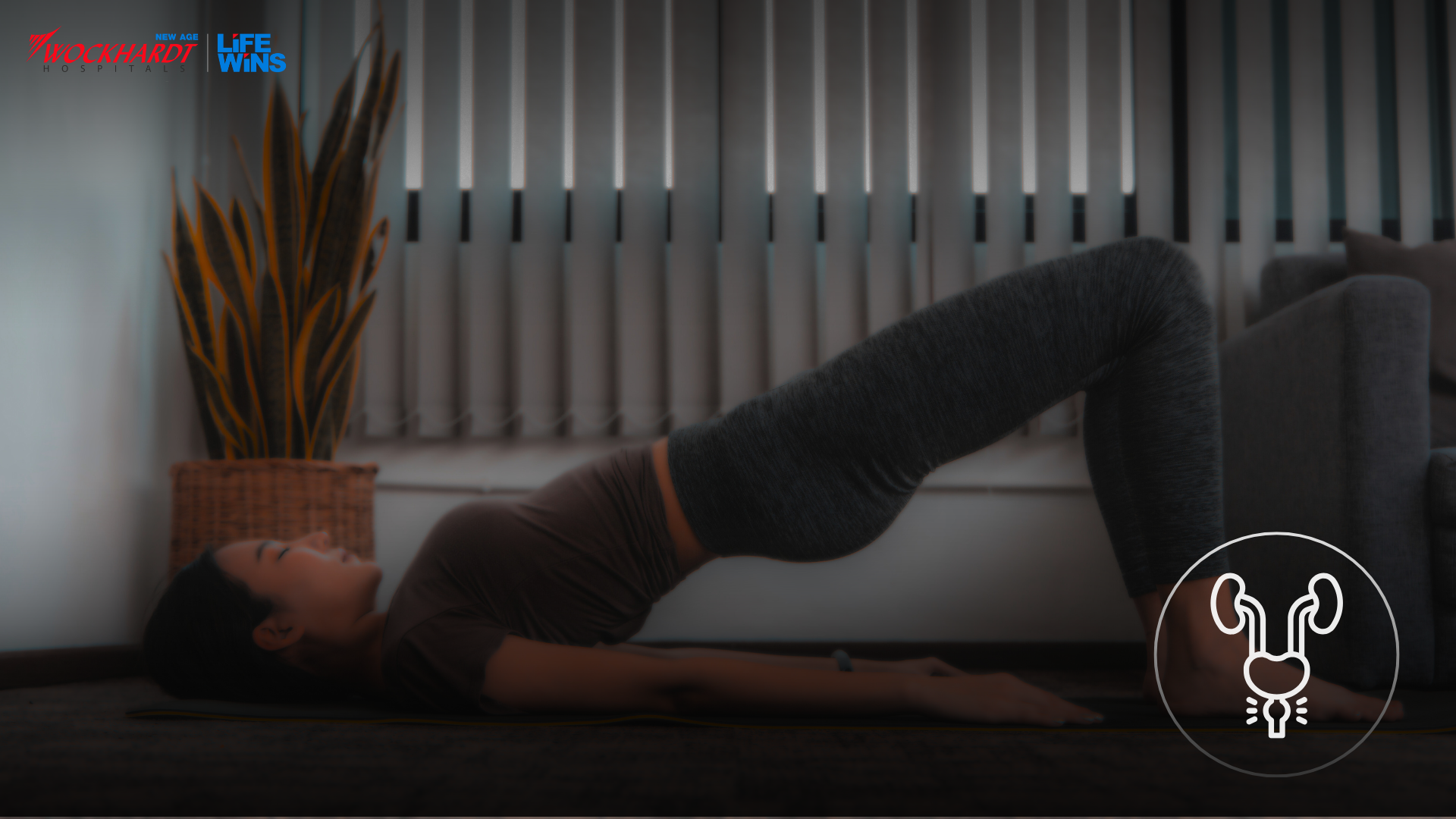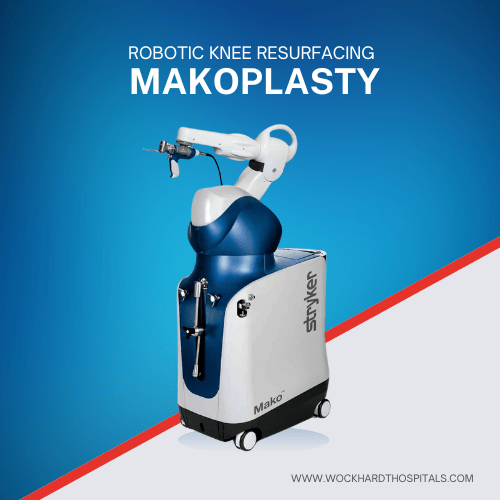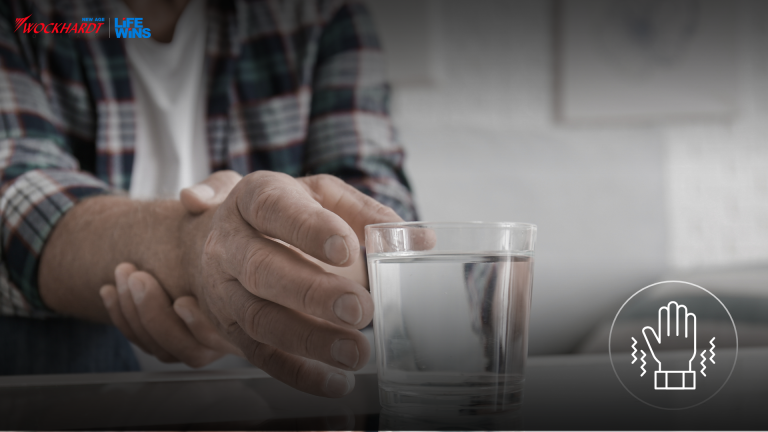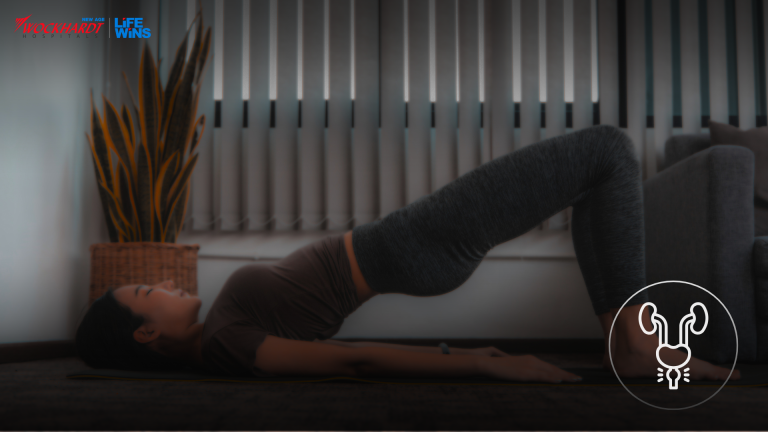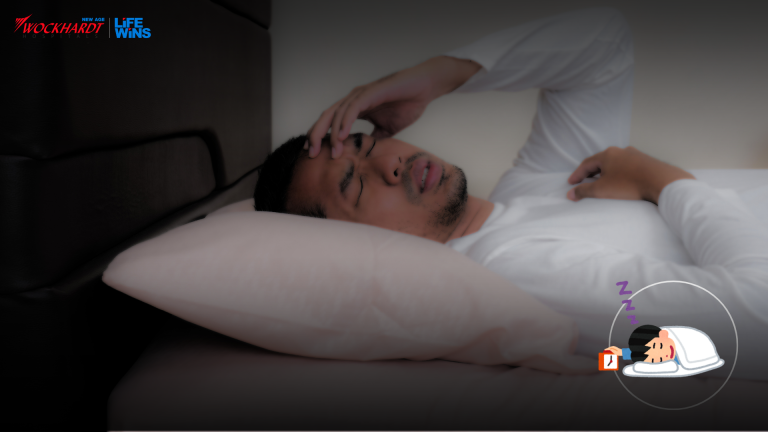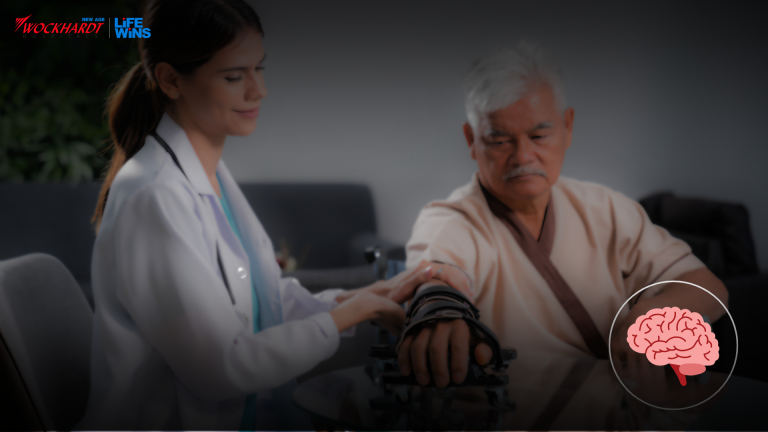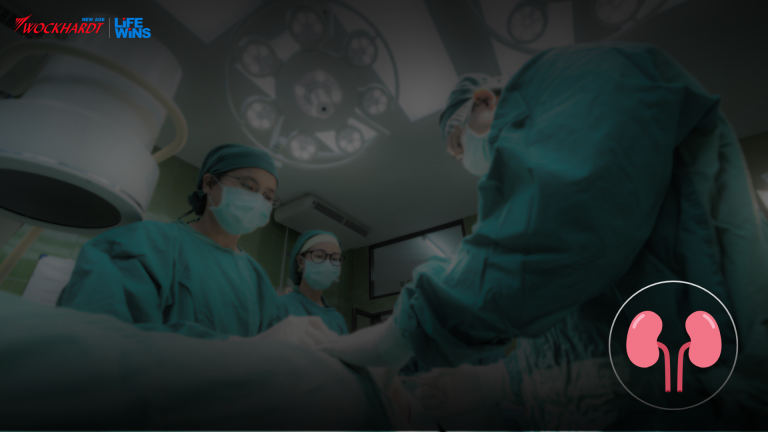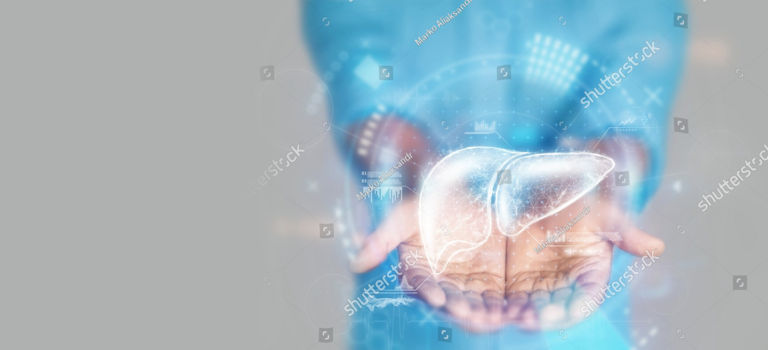Stroke is a leading cause of death and disability globally.
On World Stroke Day, the world’s attention is namely the resilience of patients and care givers and their capacity to build on the things that stroke can’t take away; their determination to keep going on the recovery journey.
Stroke occurs when the blood supply to part of the brain is cut off. Without blood, brain cells can be damaged or die. Depending on which part of the brain is affected and how quickly the person is treated, the effects of stroke on survivors can be devastating to a person’s body, mobility and speech, as well as how they think and feel.
STROKE IDENTFICATION:
F – FACE: Sudden change in facial expression
A – ARM: Sudden change in arm or leg function
S – SPEECH: Sudden change in speech
T – TIME: Rush to a proper hospital with stroke care facilities in time
Wockhardt hospitals would like to share some recent advances in treatment and management of stoke cases:
Neuro medical intervention emergency interventions at Wockhardt Hospitals saved a life and improved patient’s condition”
A 40 year old patient came to the Wockhardt Hospitals, Mumbai Central in a serious condition, he was not able to speak and had weakness in the limbs. The emergency medical team, adopted the Code White protocol Code White’ which is a metaphoric alert button pushed by a team of five doctors and 16 nurses in the hospital’s emergency section. As part of the protocol in neurological emergencies, a brain resuscitation team reached the emergency room within 5 minutes and within 15 minutes; an MRI was done for a conclusive diagnosis.
This resuscitation was critical for the patient and he was rushed to remove the clot in his brain. The protocol is established by Dr Shirish Hastak a very experienced neurologist and stroke expert at Wockhardt Hospitals, Mumbai central. The brain resuscitation neurological emergency is first of its kind in India.
The practise is very beneficial in saving many lives and reduces the chance of the stroke progressing in many cases. The patient miraculously recovered and a permanent stroke was averted for the patient. The patient was grateful to Wockhardt Hospitals emergency services and Dr Hastak for his diligence and advancement in medical services at the facility.
The patient underwent rehabilitation at the hospital and showed good progress thanks to the doctors, relatives and patients will to recover.
Benefits of stroke rehabilitation care given shows fantastic progress of recovery of stroke patient
Mohan Shamim developed a stroke which progressed to having difficulty in speaking and weakness of lower legs. As part of the stroke rehab program through Melodic intonation therapy, Mohan was able to express his thoughts through song, (music) as his right side was damaged .This is part of the speech therapy program that encourages stoke patient to express themselves through song or music rhythm. Dr Shirsih Hastak who specialises in neurology and stroke expressed his full support in Mohan’s treatment post his stroke and rehabilitation progress. Mohan showed tremendous strength during his rehabilitation process with encouragement from doctors and staff at the hospital. His condition has improved.
Neurology Services at Wockhardt Hospitals:
The Neurosciences department at Wockhardt Hospitals is well-equipped to take care of patients with complex neurological and neurosurgical problems. Our multidisciplinary team of specialists work together to provide advanced care featuring minimally invasive procedures for stroke, aneurysm and other conditions of the brain like Epilepsy management, Migraine , Memory loss/ Dementia evaluation and treatment, Peripheral neuropathy and Botox- for Spasticity/ Hemi facial spasms.
Our multidisciplinary team approach enables our neurologists to work closely with cardiovascular surgeons, orthopaedic surgeons, ophthalmologists and neurosurgeons for management of stoke cases.
The neuro- rehabilitation centre at our hospital provides an optimal environment for recovery, functional improvement, reduction in secondary complications, impairments & disability, teaching compensatory strategies, appropriate equipment & modifications and continuity of care.
Services such as Speech & Language Therapy, Swallow Therapy, Gait & Balance training and Strength & Endurance training are provided by full-time Physical Therapists trained specially in the art of rehabilitation.
Wockhardt Hospitals has state-of-the-art infrastructure. Our prime objective is patient safety and quality of care at all levels. The guiding philosophy is to serve and enrich the Quality of Life of patients and to make life win.
Sudden Cardiac arrest and Cardiac Pulmonary Resuscitation:
Wockhardt Hospital, Rajkot in its ongoing endeavour to promote cardiac awareness recently carried out a live demonstration on emergency intervention for first aid in cardiac arrest.
Emergency medical doctors and staff showed the techniques of a lifesaving procedure called CPR to patients and relatives at the hospital.
Let us understand what is cardiac arrest, how to identify the same and CPR administration.
Cardiac arrest is defined as the sudden or abrupt loss of heart function. Sudden cardiac arrest is a life-threatening event that can lead to death, if left untreated or poorly managed
If you observe anyone experiencing a “crushing,” chest pain in the centre or left side of your chest and severe shortness of breath at rest or a sudden loss of consciousness while exerting, the possibility is that one could be having a sudden cardiac arrest.
One of the main causes of cardiac arrest is due coronary artery disease which is the most common condition. The main reason of sudden cardiac arrest is believed to be irregular rhythmic activity in the heart, triggered by lack of blood flow to the heart or damaged impaired heart muscle.
Symptoms of cardiac arrest:
- Chest pain or intense pressure with or without extension to your left arm or jaw
- Shortness of breath
- Excessive and inappropriate sweating
- Unexplained fatigue, nausea, and vomiting
- Losing consciousness unexpectedly
- palpitations
- Malaise, fatigue, nausea and general feeling of uneasiness
- A sense of “impending doom” or feeling as if you are going to die
Symptoms of cardiac arrest differ from men and women accordingly men tend to have more chest pain and women have more shortness of breath, light Headedness, and dizziness.
CARDIAC PULMONARY RESUSCITATION:
Emergency medical Treatment is vital when you are experiencing cardiac arrest:
Emergency medical treatment is the crux of saving your life, therefore it is extremely vital to recognize the above warning signs and symptoms and seek timely medical assistance.
At home of aspirin orally and dialling emergency medical services would be highly recommended.
Emergency medical treatment for cardiac arrest at a hospital or in an ambulance is treated with a defibrillator right away.Cardiopulmonary resuscitation (CPR) should be given to a person having sudden cardiac arrest until defibrillation can be done.
Cardiopulmonary resuscitation (CPR) is a lifesaving technique useful in many emergencies, including heart attack or near drowning, in which someone’s breathing or heartbeat has stopped.
AIM OF CPR:
- Its main purpose is to restore partial flow of oxygenated blood to the brain and heart.
- The objective is to delay tissue death and to extend the brief window of opportunity for a successful resuscitation without permanent brain damage
- Provide basic life support for oxygenating the brain and heart until appropriate, definitive medical treatment can restore normal heart activity.
STEPS OF CPR FOR UNTRAINED INDIVIDUALS:
- Make sure the patient is lying on his back on a firm surface. Kneel beside him and place the heel of your hand on the centre of the chest.
- Keeping your arms straight, cover the first hand with the heel of your other hand and interlock the fingers of both hands together. Keep your fingers raised so they do not touch the patient’s chest or rib cage.
- Lean forward so that your shoulders are directly over the patient’s chest and press down on the chest about two inches. Release the pressure, but not your hands, and let the chest come back up.
- Repeat to give 30 compressions at a rate of 100 compressions per minute.
- Lean forward so that your shoulders are directly over the patient’s chest and press down on the chest about two inches. Release the pressure, but not your hands, and let the chest come back up.
- Remove your mouth from the patient’s and look along the chest, watching the chest fall. Repeat steps five and six once again till patient shows signs of breathing.
Wockhardt Hospitals, a chain of tertiary care super-specialty hospitals has more than 25 years of experience in the creation and management of Super Specialty Hospitals in India.
We are a premiere hospital in the country specializing in the treatment of heart disorders. We provide comprehensive cardiac care to our patients. The cardiac care program and emergency medical care at Wockhardt Hospitals makes it a centre for excellence in cardiology.
For further information or any heart related query to visit our experts at Wockhardt Hospitals.

